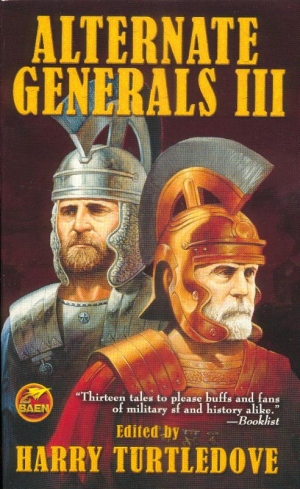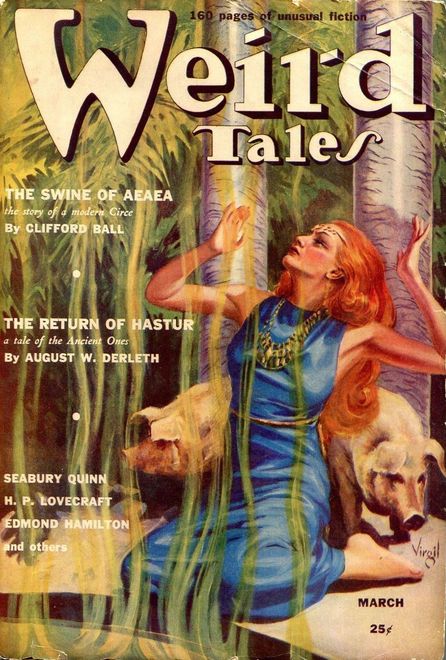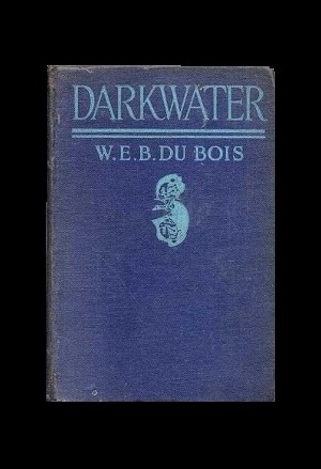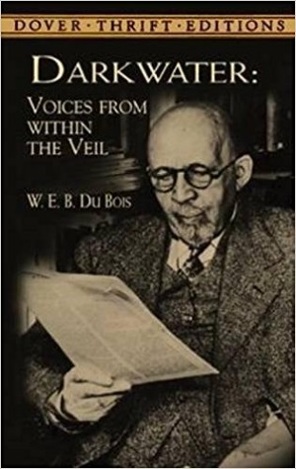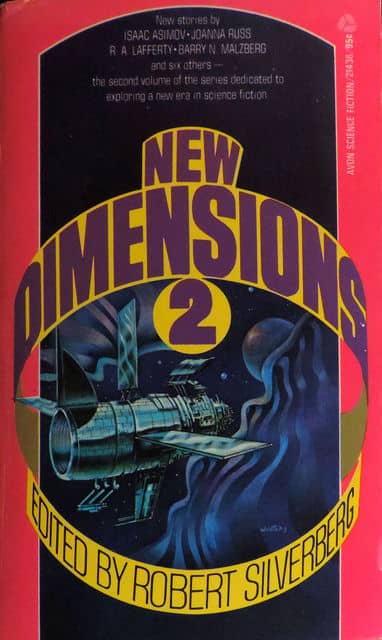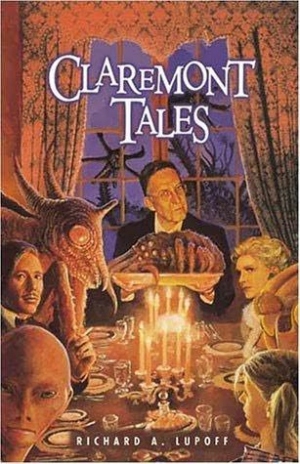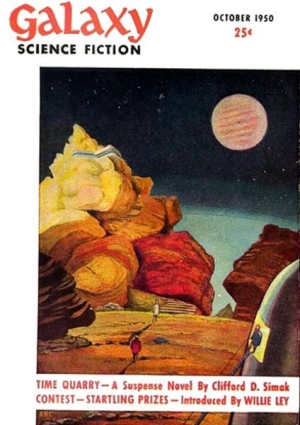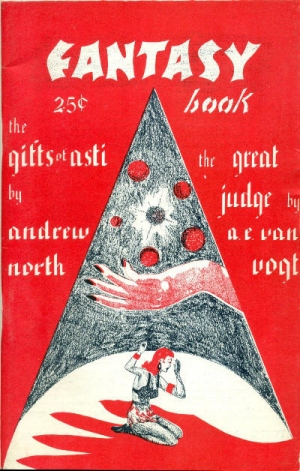Birthday Reviews: Theodore Sturgeon’s “The Girl Had Guts”
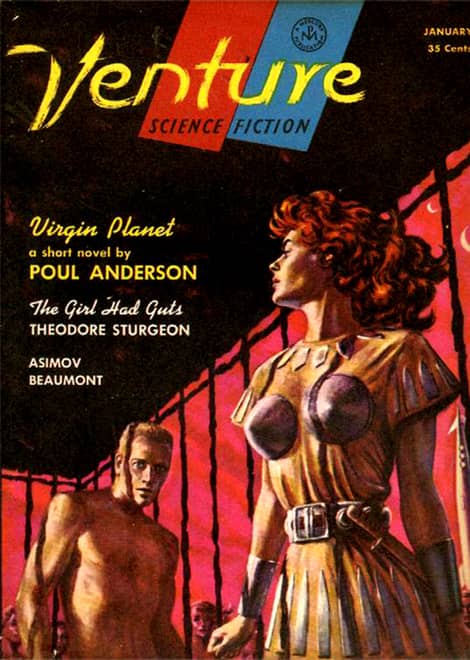 |
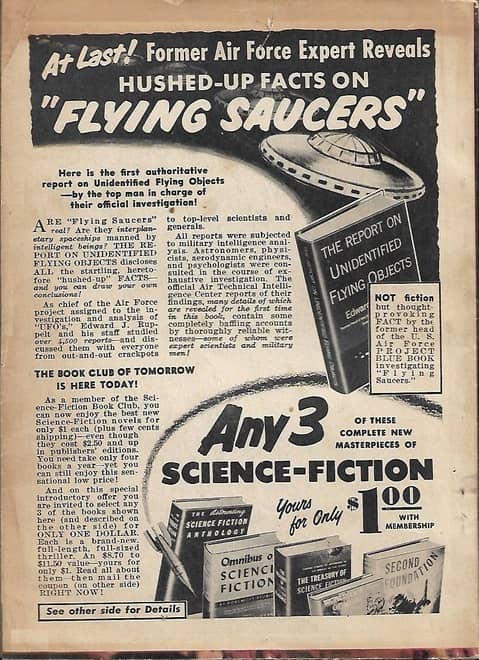 |
Cover by Ed Emshwiller
Theodore Sturgeon was born on February 26, 1918 (Happy Centennial Theodore!) and died on May 8, 1985. Sturgeon won the Hugo and Nebula Awards for his story “Slow Sculpture,” possibly the only time a story has won the Novelette Nebula and the Short Story Hugo.
His novel More Than Human received the International Fantasy Award. A translation of “And Now the News…” received a Seiun Award while “The World Well Lost” received a Gaylactic Spectrum Hall of Fame Award. Sturgeon himself received the Forry Award from LASFS in 1971 and a Life Achievement World Fantasy Award shortly after his death. In 2000 he was inducted into the Science Fiction Hall of Fame. He’s remembered today mostly for his short stories, including “Killdozer,” “A Saucer of Loneliness,” and “If All Men Were Brothers, Would You Let One Marry Your Sister,” but he also wrote the novels More Than Human, Venus Plus X, and The Dreaming Jewels. Kurt Vonnegut’s recurring character Kilgore Trout is believed to have been named for him.
Sturgeon wrote the classic Star Trek episode “Amok Time,” which introduced the Vulcan salute and the phrase “Live long and prosper.” His short fiction has been collected into a thirteen volume set by North Atlantic Press. The Theodore Sturgeon Memorial Award, presented annually for short stories by the Gunn Center at the University of Kansas, is named in his honor.
